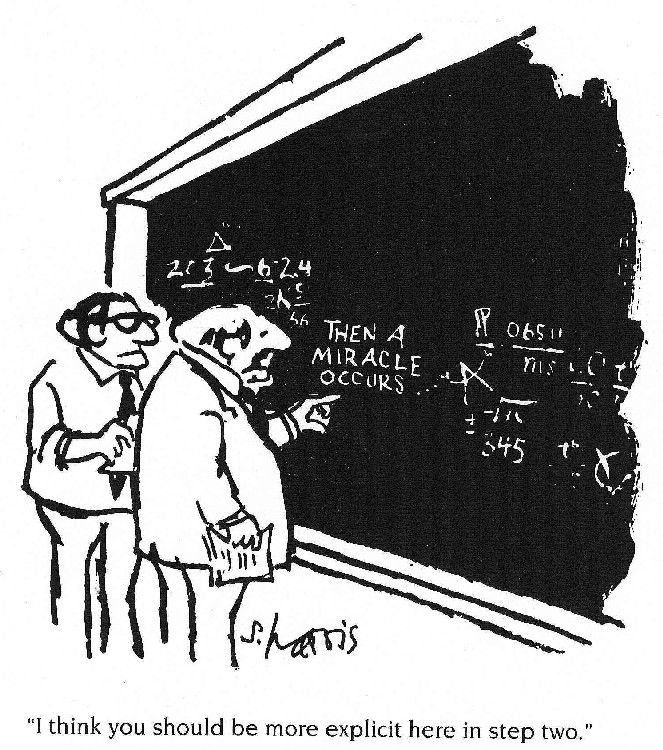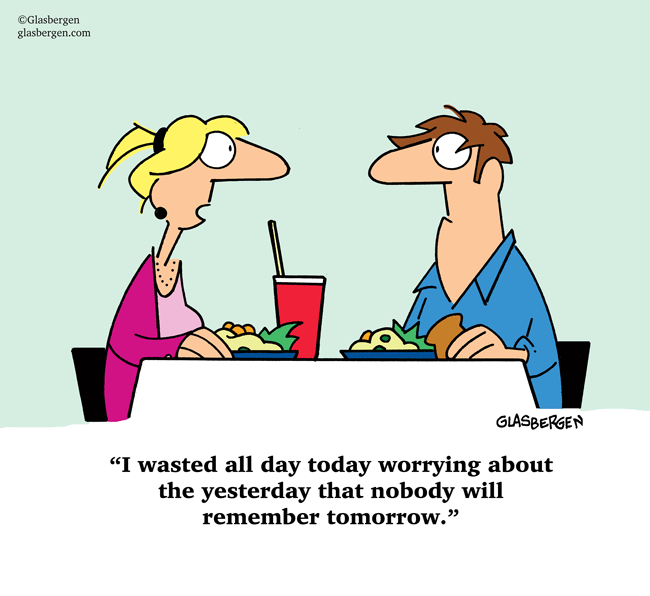
Hope is a vital resource for living in a challenging world. Without hope we can become discouraged and end up in a quagmire of despair, depression, and passivity. So pursue, embrace, and benefit from hope.
But understand the limits of hope. Hope is necessary but at times insufficient. The need for hope implies that something is off kilter, uncertain, and potentially harmful and that our future may be compromised. In which case a plan of action is needed.
I should also mention that while hope needs a plan, a plan is also necessary but insufficient. It’s simply a strategy describing a better future. But you can have both hope and a plan without anything improving because a third element is needed: action. Peter Drucker once said, “Plans are only good intentions unless they immediately degenerate into hard work.” [Here’s a post I wrote titled Have a Bias Toward Action.]
Two years into marriage, Mary and I had just bought our first house and had our first child when I lost my job. On day one of unemployment I was sitting on the back porch thinking of our uncertain future, praying and searching for hope. Before the day ended I devised a business plan for starting a power-washing business. Within a week I had purchased a truck, installed a power-washer in the bed, and was making sales calls. That small business kept us financially afloat for about a year until I could secure a permanent job in my field. Hope + a plan + action led us to a good place.
Without action, hope and plans are just wishful thinking.



